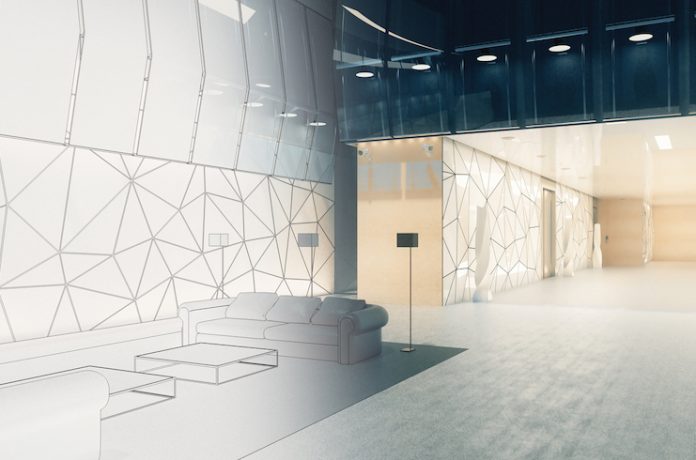Converting existing buildings to hospitality assets has become quite popular in the last decade. Real estate with unique architectural features and a layout conducive to a hotel make this a truly viable development endeavor. However, several mistakes must be avoided throughout the process.
Studying the building before studying the market. Ideally, the market should lead the way. There may be a unique building with great bones and adaptive reuse written all over it, but can the market support an asset of that type? Something else to consider: Development and construction costs will likely be higher, so will there be a strong enough ROI? It is best to have extensive underwriting and market studies for these projects.
1. Developing the project in a silo with ownership and development.
The community will play a big part in the project’s success, so their involvement and buy-in throughout the process should be secured. That includes local government, approval agencies, local tourism groups, etc. If involved, the community will also be a great resource in getting the project to the finish line and through the various roadblocks that may arise. In the end, these projects have a long-term positive impact on these communities.
2. Hiring a general contractor or architect that lacks familiarity in this space.
Assemble a group on the construction and design side that understands the processes of permitting and approvals for adaptive reuse, along with the actual design and construction capabilities. In addition, partner with accounting and legal advisors who understand the nuances and opportunities typically associated with these types of projects (e.g., tax credits).
3. Allowing design and construction to lead the way, without focusing on brand identity.
Putting together the property story (what it was, what it will be, and the “why”) should be done first, especially with an adaptive reuse project that likely has historical significance and unique characteristics. That story will help guide all facets of the development and communication with stakeholders, and will also be a touchstone once the hotel is open and operating.
4. Overlooking the history, architectural features, etc., in the hotel’s programming and service delivery.
The unique components of the adaptive reuse nature of the hotel must be embraced by the staff and be part of everyday interaction with the guests. For example, at the restaurant Benne on Eagle at The Foundry Hotel in Ashville, North Carolina, we created a small wine room and tasting table beneath a historic staircase adjacent to the main dining room. Guests should feel the passion and story in everything they see, taste, and touch.
5. Adaptive reuse projects are never one and the same.
Each opportunity should inspire the creation of a special place for the community and visitors alike, one that pays homage to the property’s history. If the pitfalls above are avoided, the end result stands to benefit all stakeholders in the project for years to come.











